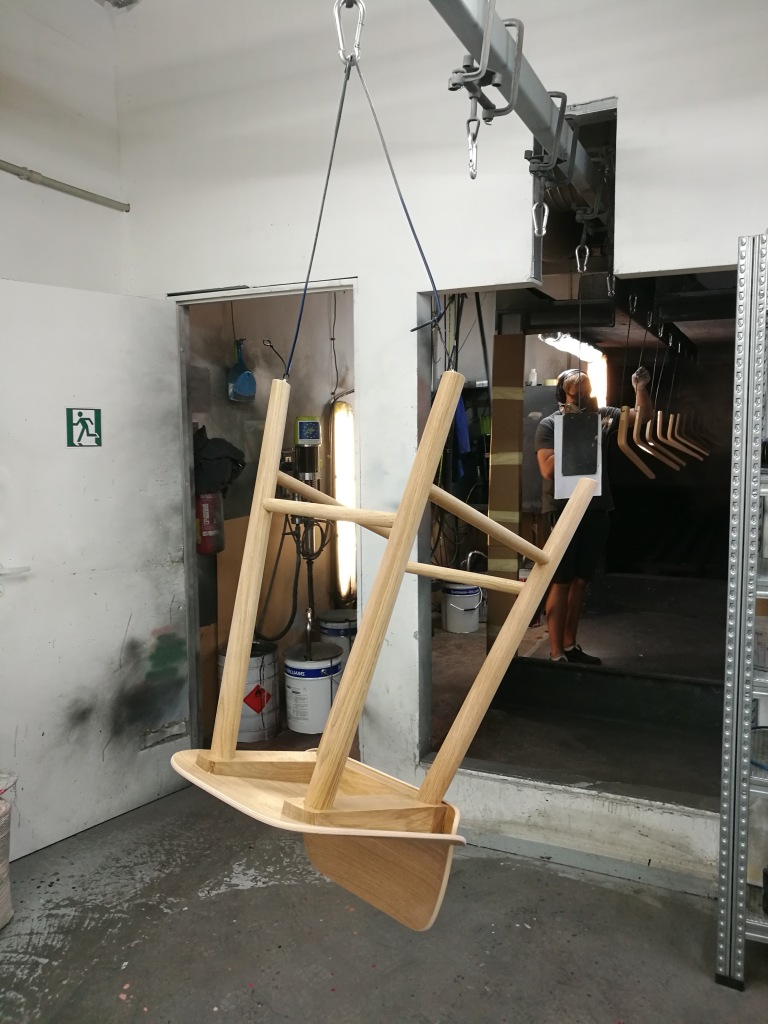During the implementation of FitForREACH, project experts have worked on close to 90 cases from Baltic States. Approximately half of cases targeted substitution (drop-in alternatives, technical or functional alternatives) of hazardous chemicals; the other half of cases were organizational measures implemented (improving or making chemicals inventory, occupational safety issues, SDS checks, etc.). Additionally, 45 companies received smaller consultancy, e.g. consultancy on a specific question, or SDS, etc.
Observations from company work:
- Main incentives to improve the situation in companies is legal compliance, customer demands, workers protection, more efficient production, company image.
- The observed barriers to substitution were the need for larger investments, the lack of or the costs of alternatives, uncertainty of the performance of products containing substitutes, deficits in the internal organisation, e.g. lack of responsible persons, internal communication, cooperation with purchasing department or management support.
- Alternatives of less hazardous chemicals or products are not easily available. Communication with suppliers is one way to get help.
- Customer demands and industrial standards can limit the types of possible alternatives as well as technology lock, i.e. their processes/machines cannot be changed to produce or use alternatives. Here, substitution options are very limited, unless companies invest in changed/new technologies.
- It is only possible to work on chemicals risk management and substitution if the top management of a company is involved. Usually, top managers can be convinced by good assessments of the problem and a clear argumentation. The top management may initiate such processes, if they are made (more) aware of the issue.
- If responsibility for chemicals risk management is assigned, the person frequently has also many other tasks, e.g. in environmental or workers protection. The overall chemicals risk management performance is better than in companies that have no clearly allocated tasks.
- Many downstream users at the end of the supply chain are unaware of chemicals and in particular their hazardousness.
- Once made aware and trained, many companies are motivated to improve their performance. However, if measures are implemented also depends on the availability of resources, agreement of management etc.
- The important message for other businesses is that it is possible to substitute at comparably low cost.
- And final, positive observation is that being environmentally friendly is generally a high value for companies.
Case examples:
Ameralabs (3D printing)
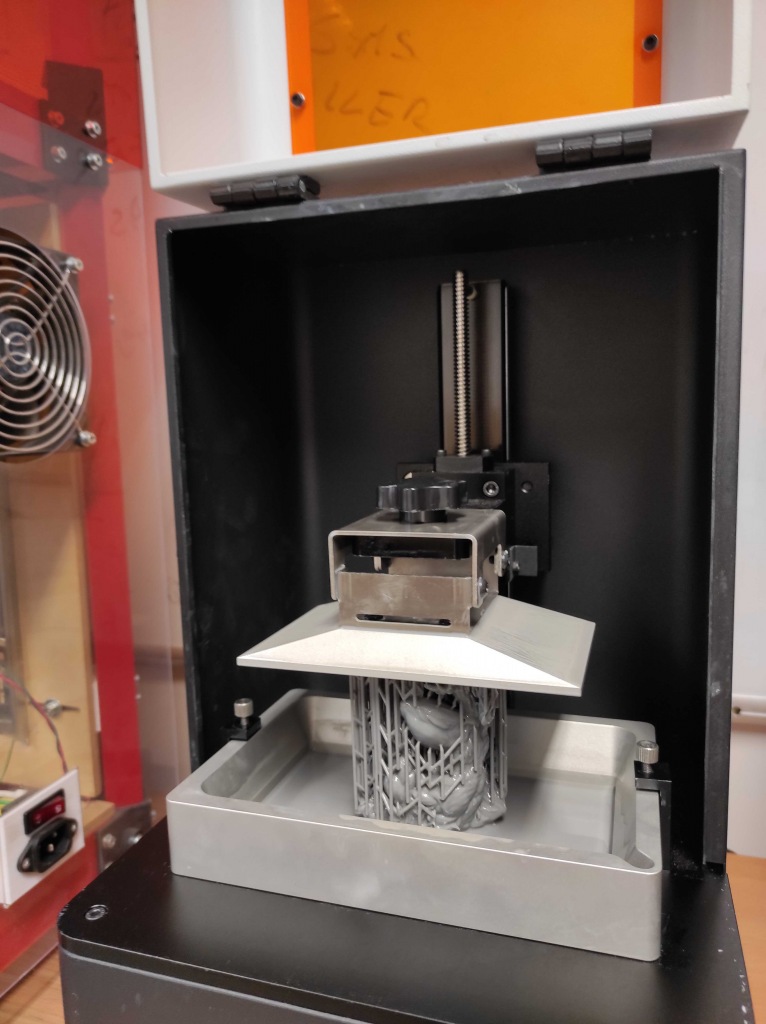
Ameralabs develops and manufactures 3D printer inks for professionals and home users. The company has already tested a number of alternative materials and is gradually improving the composition of its products. 3D printing requires UV-sensitive blends that harden when printing a 3D shape on a 3D printer. Such mixtures are usually in liquid form and may have undesirable properties or pose a risk to human health and the environment. The company has already replaced a large portion of skin-sensitive acrylates that may also be harmful to the aquatic environment or have other toxic properties. Ameralabs continues to strive to improve the performance of its products.
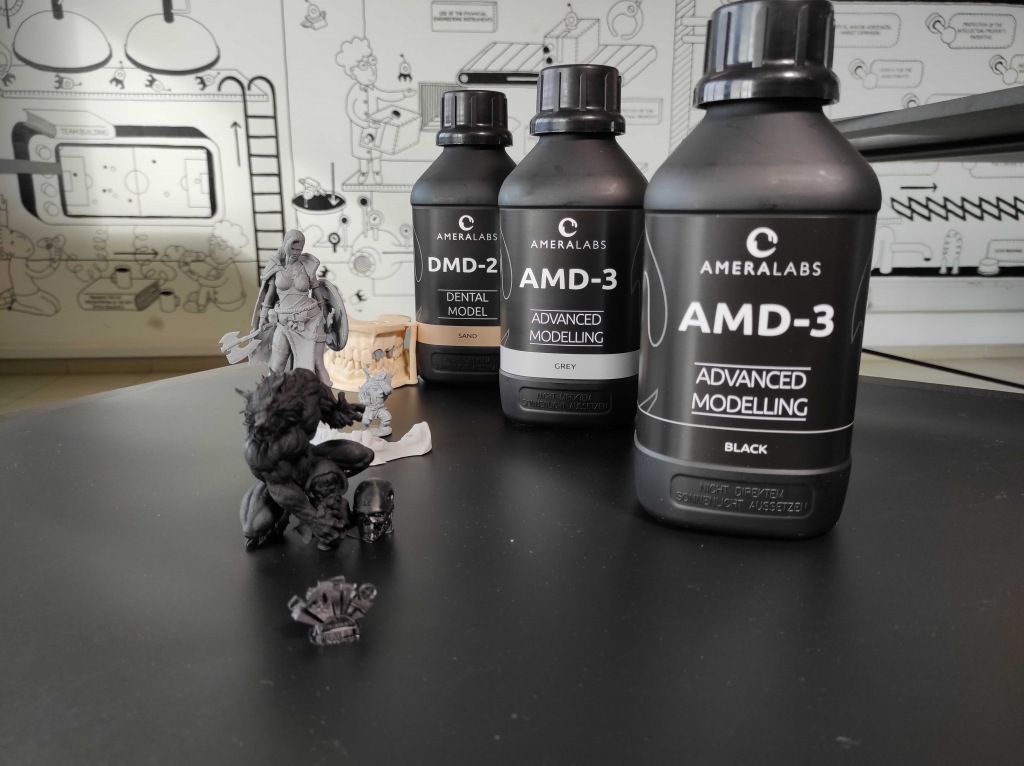
TMB Element (comprehensive consulting)
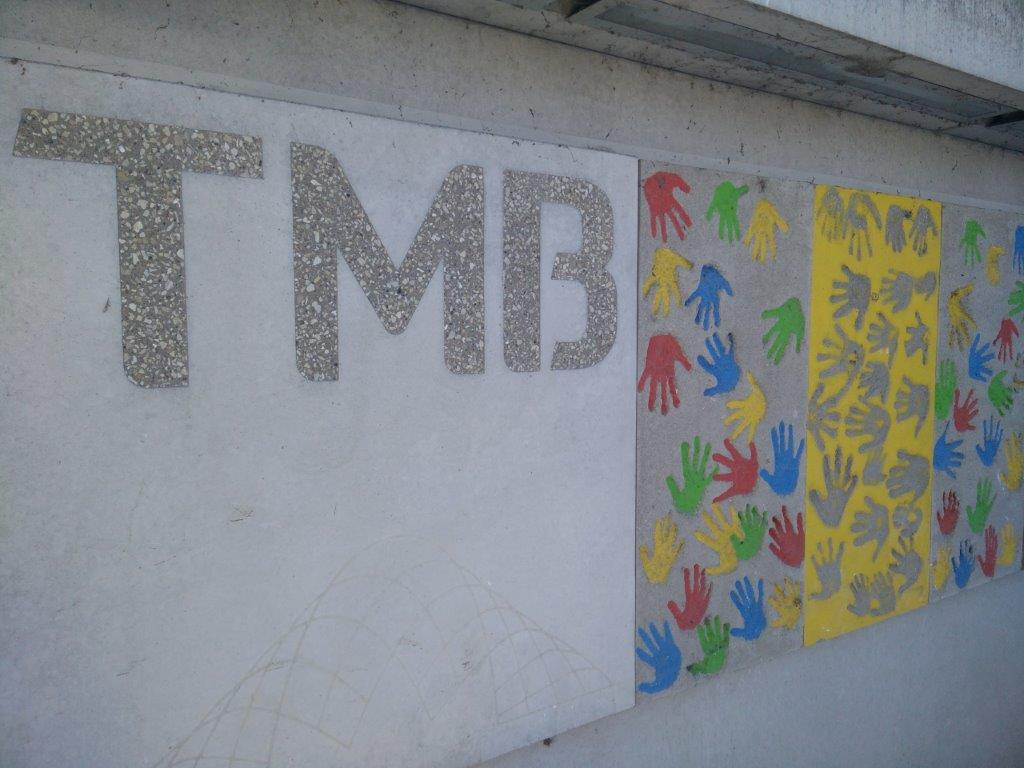
3 years of systematic work building up chemicals safety system: a company producing concrete elements established chemicals inventory, revised chemicals use and improved safety datasheets to conquer Nordic markets. Additionally workers protection and workplace safety was improved in factory.
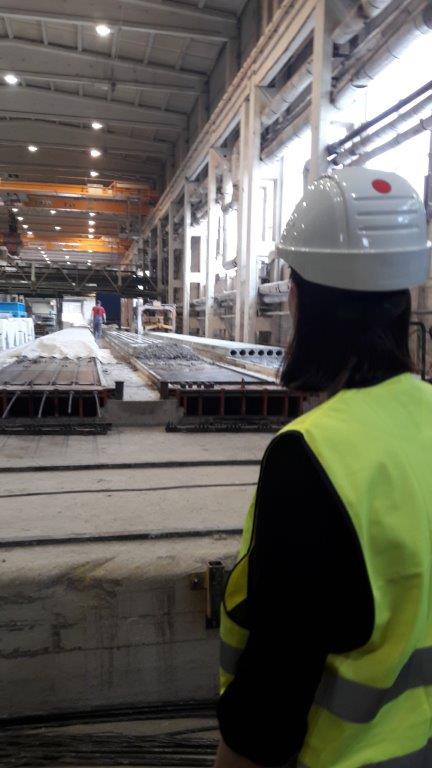
KVIST (furniture dyes)
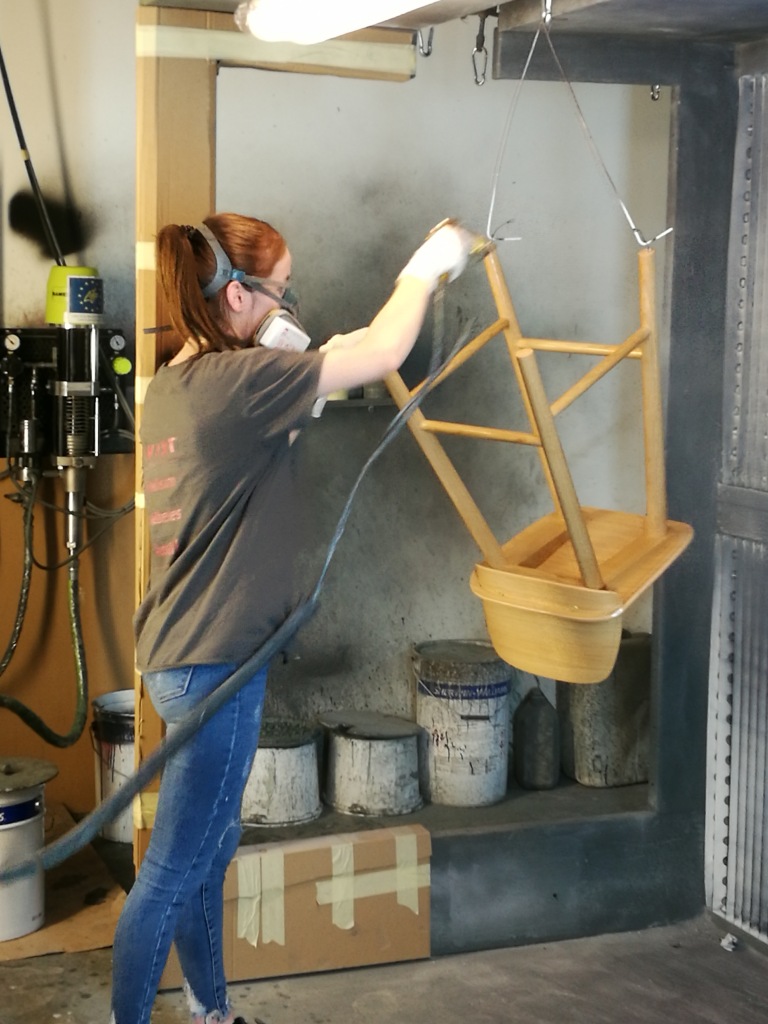
Company KVIST is a producer of high-quality design wooden chairs, bicycles and beds for kids. Company aimed to reduce VOC emissions in production process as well as in ready products. Despite the longer drying period the company has chosen water-based paints as they are more environmentally and human health friendly. Within the project, company switched to water-based paints in one paint-house, by changing the painting pumps, but in the future it is planned to gradually switch to water-based paints in all of the production site. By switching to water-based paints, the company has significantly reduced the amount of hazardous waste. When measuring air pollution before and after replacement, it has been observed that VOC emissions are significantly lower after substitution.
